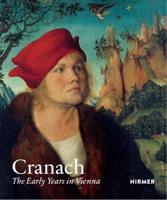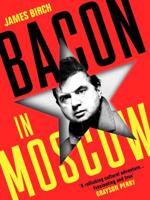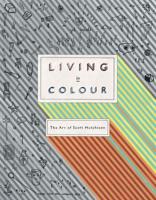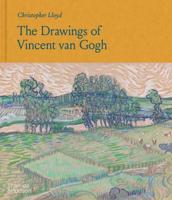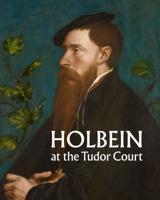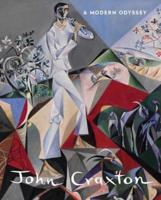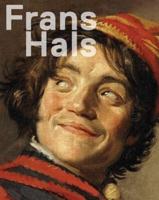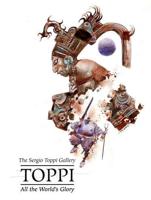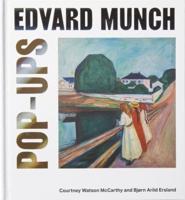Publisher's Synopsis
Edgar Holloway is one of the key figures of the British etching revival of the 1930s. Examining the work of this artist is like leafing through the pages of a private diary; the prints are an honest record and comment upon his close circle of family and friends, the places he has lived in, the landmarks he has visited. - - Holloway was born in Yorkshire in 1914. Entirely self-taught, he made his first etching at the age of 15. It was a time of great family hardship and his earliest prints of popular landscape subjects in Yorkshire, Lincolnshire, Essex and Middlesex were sold through his father's shop to supplement the family income. Encouraged by Campbell Dodgson and Muirhead Bone, Holloway had his first one-man show in London at the early age of 17. His portraits won particular acclaim and T.S. Eliot, Stephen Spender and Herbert Read were among many who sat for the artist. In 1949 he joined the Guild of St Joseph and St Dominic on Ditchling Common in East Sussex. The waning popularity of etchings in the late 1930s prompted him to focus on lettering and graphic design but he returned to etching in 1969 and a major commission to produce an extensive series of etchings of American landmarks followed. His work is well represented in public collections and has recently been celebrated with a number of retrospective exhibitions, including one at the Ashmolean Museum, Oxford. - - The Etchings and Engravings of Edgar Holloway is the first comprehensive catalogue raisonné devoted to the work of this distinguished artist. Robert Meyrick of the University of Wales, Aberystwyth, School of Art has worked closely with the artist to complete a catalogue in excess of 270 entries spanning a working life of more than 67 years. Each entry is accompanied by full descriptive notes drawing on interviews with the artist and more than 250 works are illustrated. A plate section affords more than 20 large reproductions. Robert Meyrick introduces the volume with an appreciation of Holloway's achievement as a printmaker in which he discusses the key influences on the artist's technical and artistic development. He also provides an account of the artist's life, essential for understanding an artist whose work forms a visual record of family, friends and travels.



